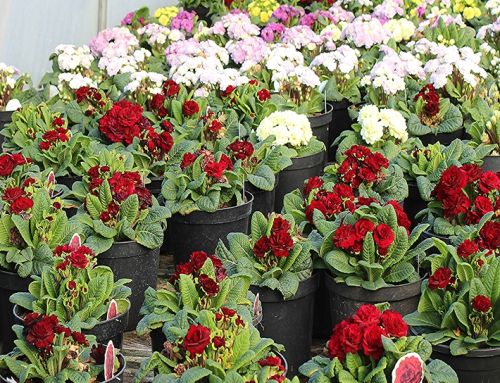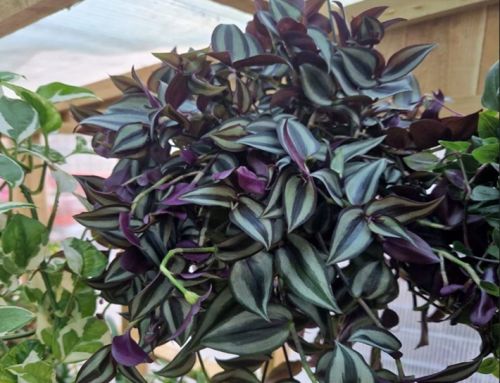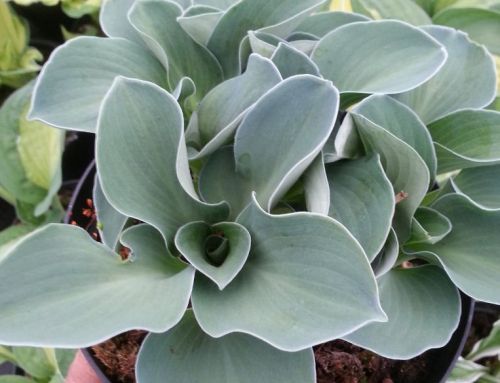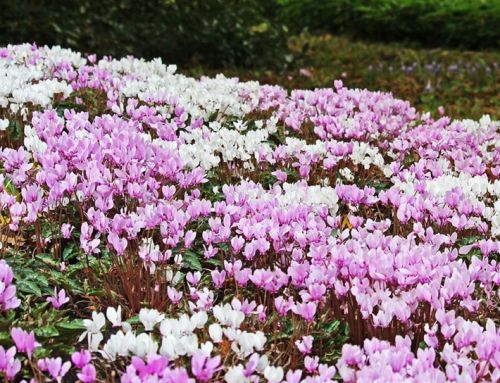Hemerocallis – Garden Beauties
Hemerocallis are some of the toughest and most reliable of all the herbaceous perennials that we grow. The old fashioned, rather dull varieties have now been totally eclipsed by the flamboyant new varieties of which there are so many that it is impossible to keep up with them all.
They come in a plethora of colours from deepest purple-red to pure white, many with unusually shaped petals and contrasting eyes. Height also vary, some being so small that they could fit easily into rockeries. Others are majestic beasts, often exceeding 1m in height.
 These wonderful plants have been cultivated for a long time. Alice Coats (A plant Historian – no I didn’t know there were such things either) records that H. flava and H. fulva have been grown in the UK since the 16th century. However their history stretches right back to the 12th Century in China where the rather plain orange H. fulva appears in early paintings. They still grow wild in the Far East. Here it is known as the ‘plant of forgetfulness’, because it can supposedly cure sorrow by causing memory loss.
These wonderful plants have been cultivated for a long time. Alice Coats (A plant Historian – no I didn’t know there were such things either) records that H. flava and H. fulva have been grown in the UK since the 16th century. However their history stretches right back to the 12th Century in China where the rather plain orange H. fulva appears in early paintings. They still grow wild in the Far East. Here it is known as the ‘plant of forgetfulness’, because it can supposedly cure sorrow by causing memory loss.
Strap like leaves provide a perfect foil for their beautiful trumpet-like flowers that only last for a day. However they are immediately replaced a day later with the next and so it carries on for months. A good sized plant can easily support upwards of 200 blooms during the season. As you can imagine a clump with masses of flowers can be a sight to behold.
 Hemerocallis Growing Conditions
Hemerocallis Growing Conditions
Hemerocallis adore moisture being well suited to our local growing conditions here in Wales. For best results they prefer a sunny moist site but they can be grown in almost any conditions where adequate light and moisture are present. Try growing in water or as a marginal plant to enhance your pond.
Here at the nursery we like easy plants and these certainly fit the bill. Watch out for slugs as the new shoots pop up in the spring and trim them back in the autumn and that is about all you need to do. A good regular fed can be beneficial or a mulch early in the year. Dead heading can improve the look during the flowering season but it is far from essential
Propagation
Even though Hemerocallis are almost bomb proof, they do benefit from dividing about every three or four years when the clumps start to get congested. This of course is an excellent way of increasing your stock. Better still for keeping the sales table at your local gardening club full. While on the subject of increasing plants, why not try some from seed. They produce this in abundance if the old flowers are left on and it will germinate easily. You might even find a new plant that is worthy of naming!!
In the USA they are into Hemerocallis in a massive way. The American Hosta and Hemerocallis society list many thousands of varieties. As happened here when Tulip mania was at its height, a single unusual plant can fetch up to $1,000.
Oh and by the way did you realise that they are edible?

Yes it’s true!. They have a slightly peppery. They are crisp, sweet and surprisingly nutritious being high in protein and carbohydrates. One way to eat them is to gather the unopened flower buds in the morning. Not only can these be eaten fresh, they can be, fried, steamed or boiled. They make a good alternative to French (Dwarf) beans. Picked in the evening the old finished
flowers can be battered and deep fried or dried (the Chinese hang them for a week or more to do this) and added to soups.
have a look at the american Day Lily society here







